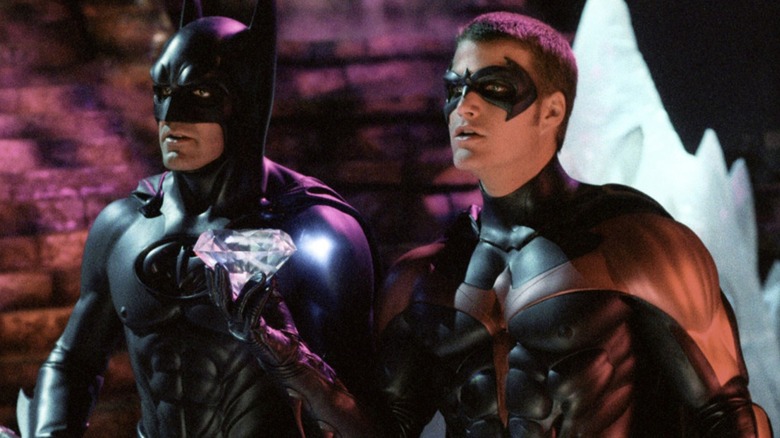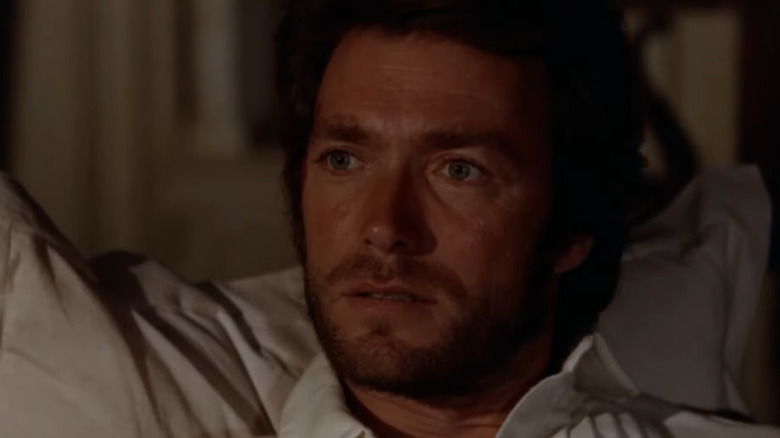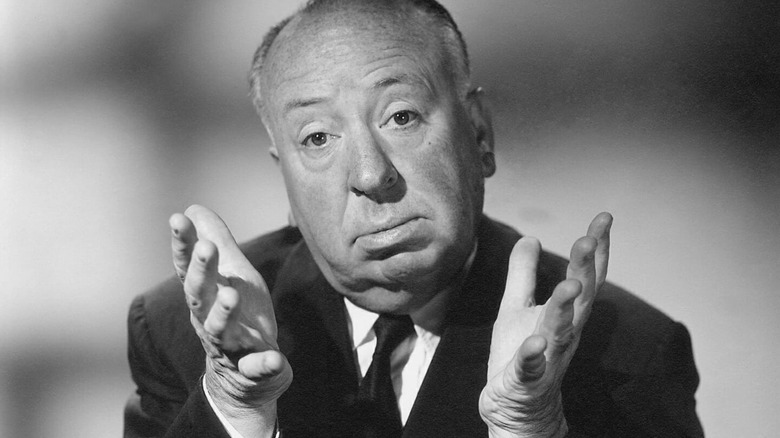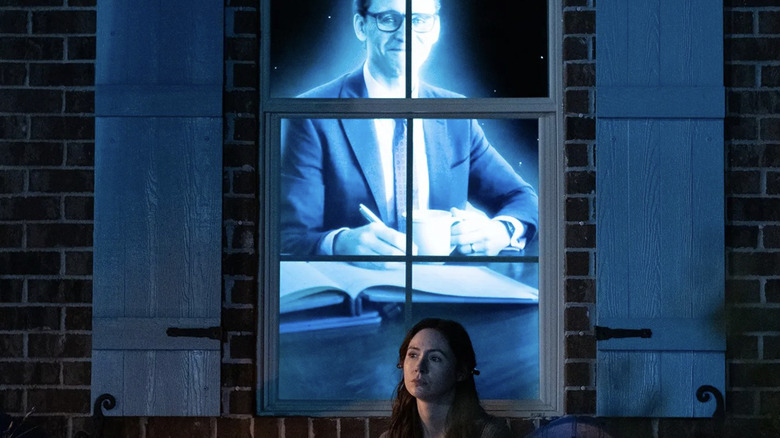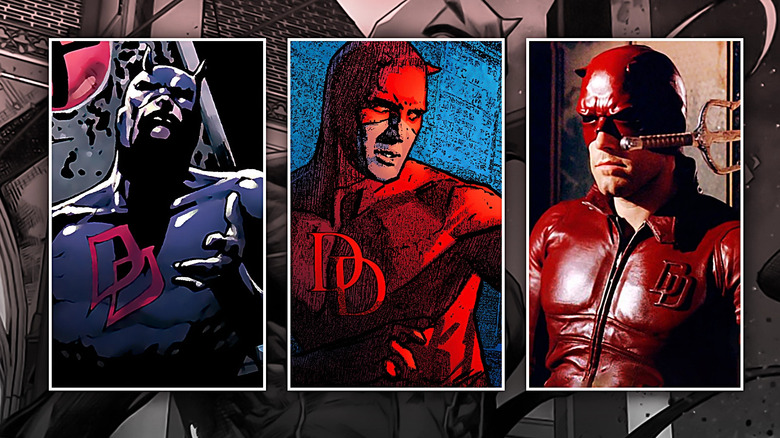Alfred Hitchcock's astounding legacy as a filmmaker spans more than six decades, starting with "The Lodger," a 1927 silent film that is believed to be the director's first critical success. The overarching themes in "The Lodger" anticipate Hitchcock's directorial sensibilities, such as his keen interest in complex psychosexuality and a perceptive preoccupation with death, guilt, and the cyclical nature of trauma. If we were to go further back, there's the debut feature "The Pleasure Garden," which was deemed too erotically charged back when it was released, and contains the blueprints for the iconic imagery that would end up defining his oeuvre down the line.
However, a lesser-known film exists right between "The Pleasure Garden" and "The Lodger" — one that has been deemed lost media save for the existence of six surviving stills from it. This 1926 silent film, "The Mountain Eagle," is a romantic drama that leans heavily into German expressionism, while taking a more sensational route to establish the story. Per "The Guardian," Hitchcock described this film as "awful," and allegedly expressed relief about its lost status after every surviving print was lost/destroyed during his lifetime. It's tough to truly gauge this sentiment as the film can never be evaluated on its own merits, but it is an interesting perspective from a filmmaker who is known for being fearless and unapologetic about his craft.
This is a good chance to delve into the history of "The Mountain Eagle," which the British F



